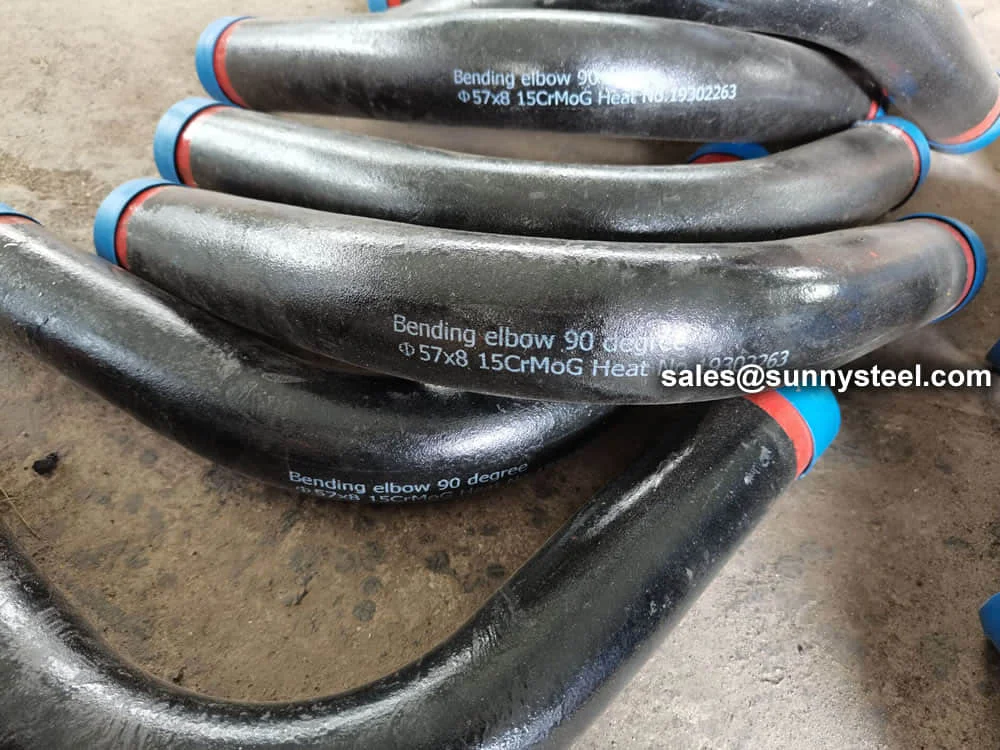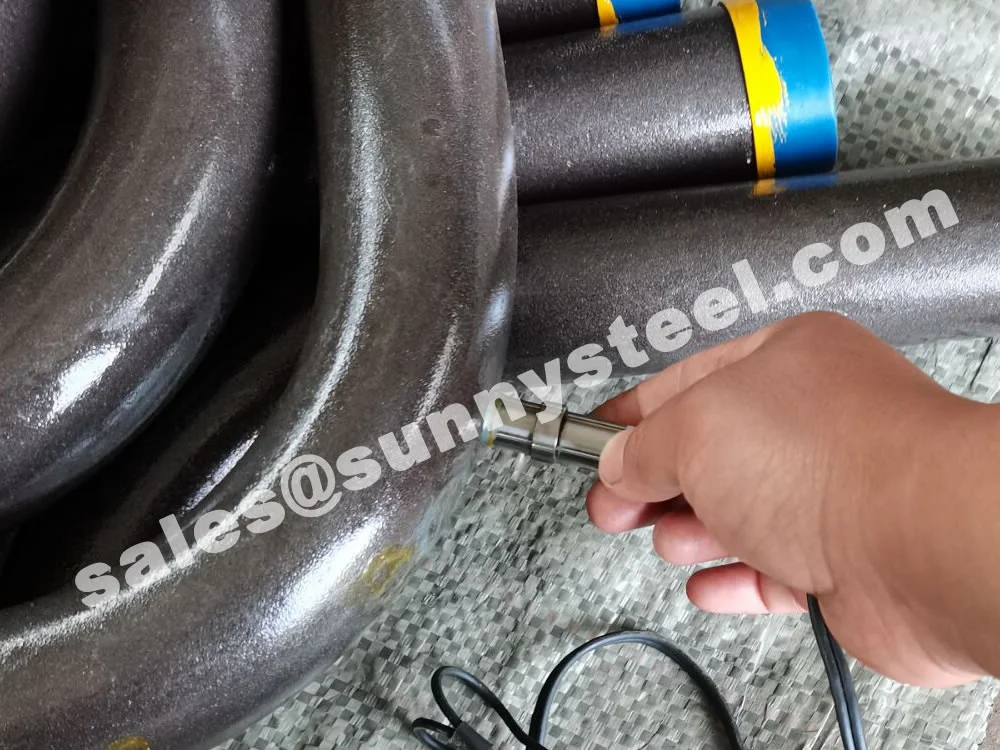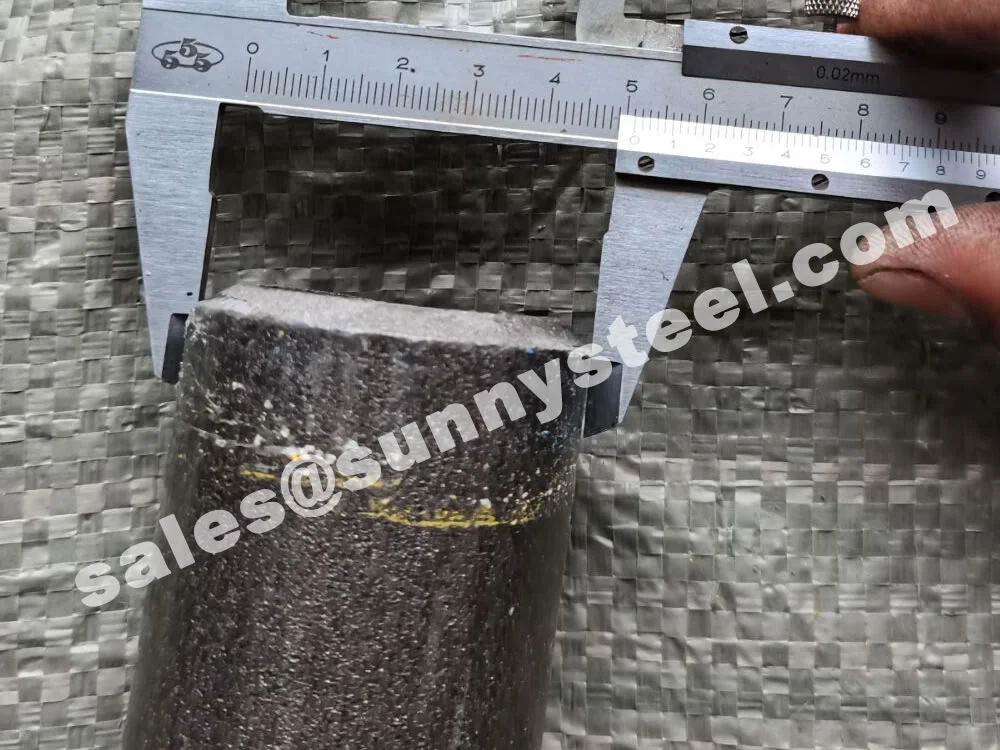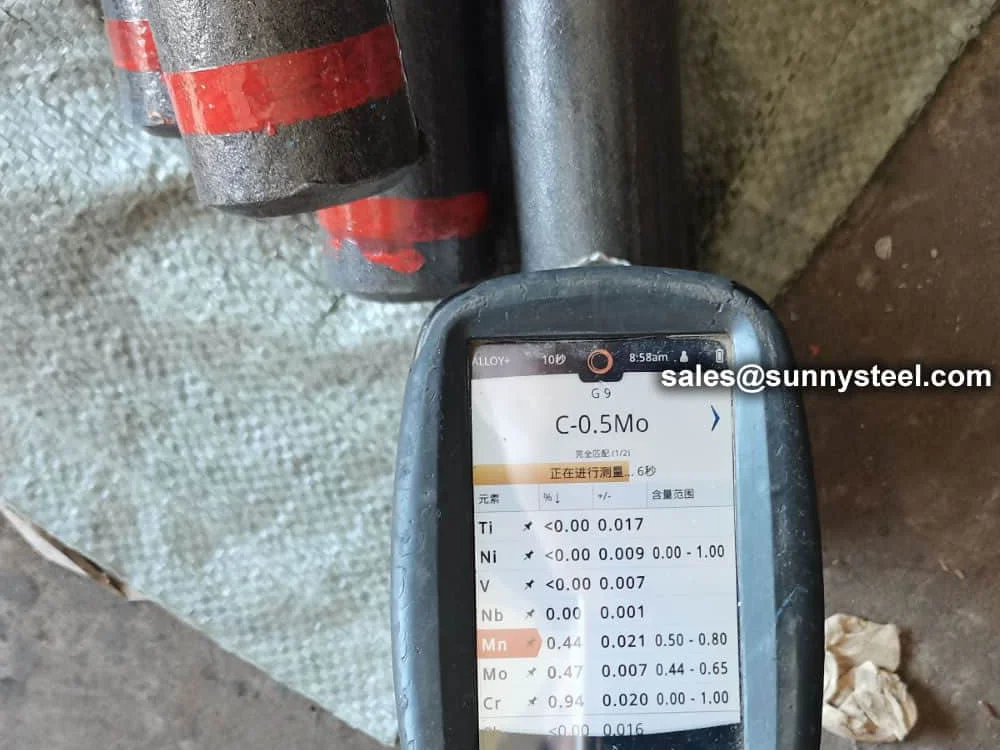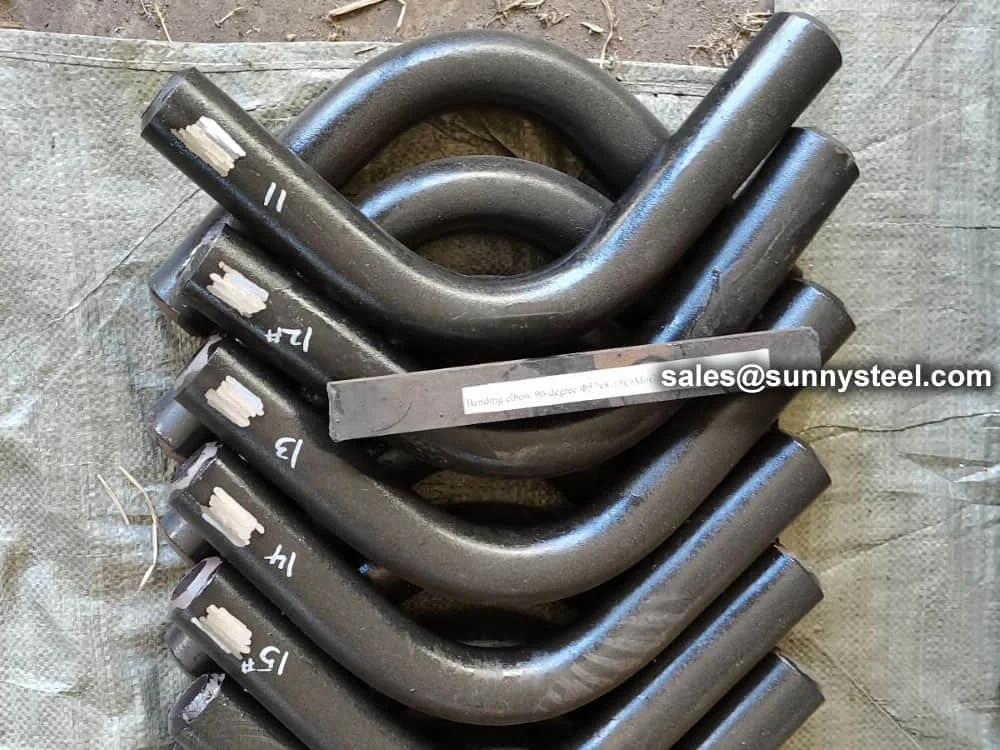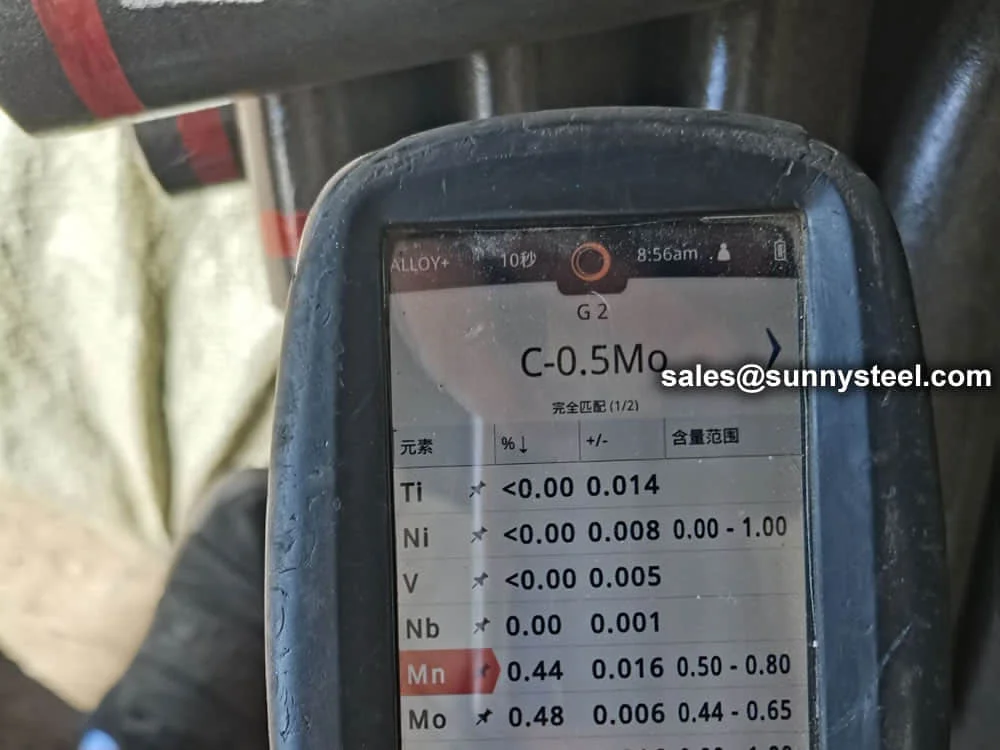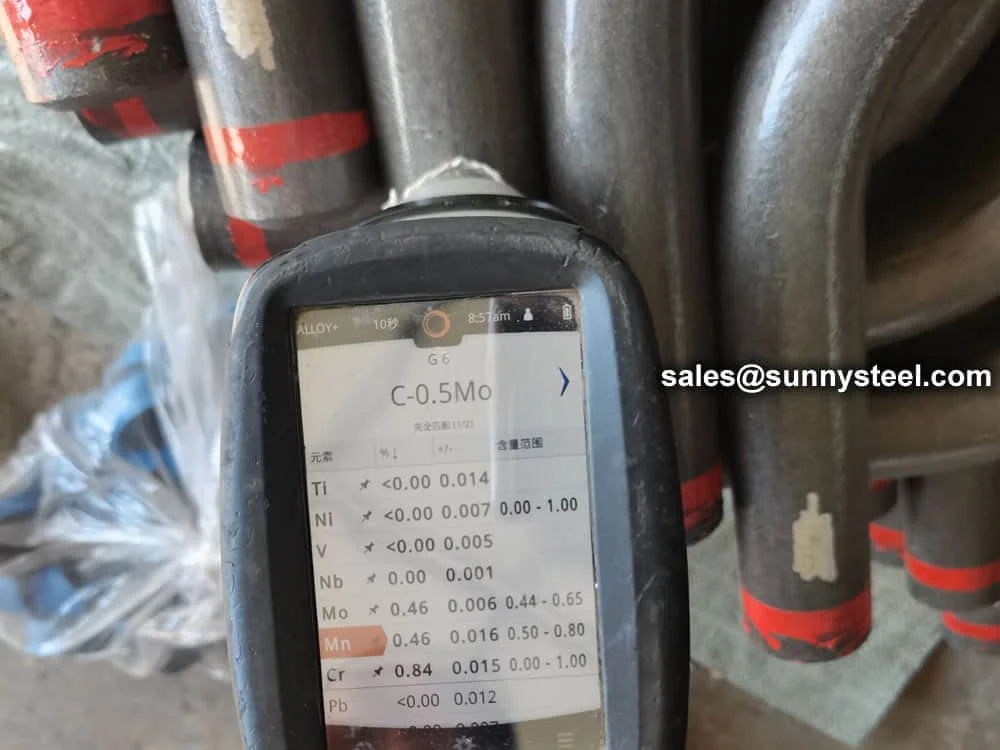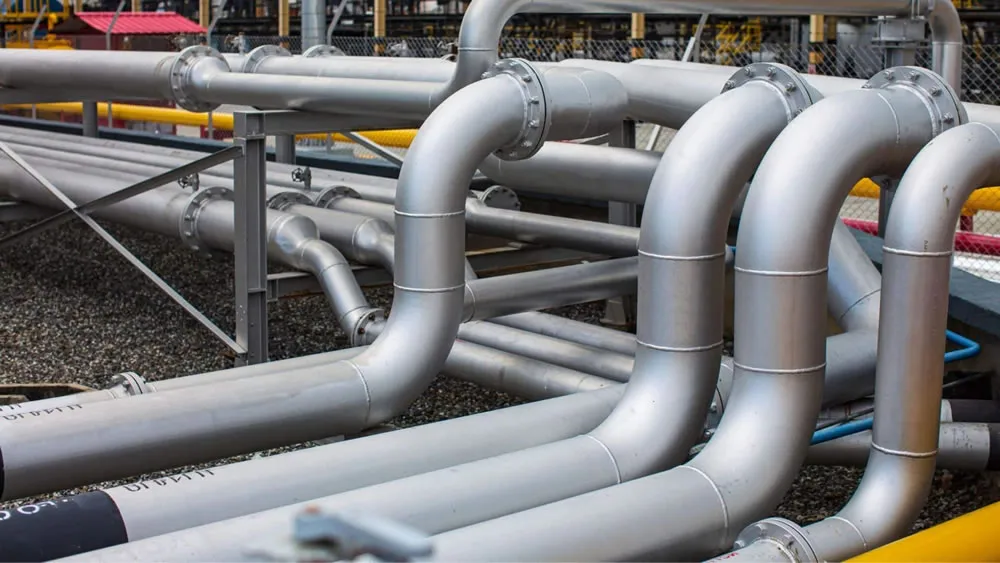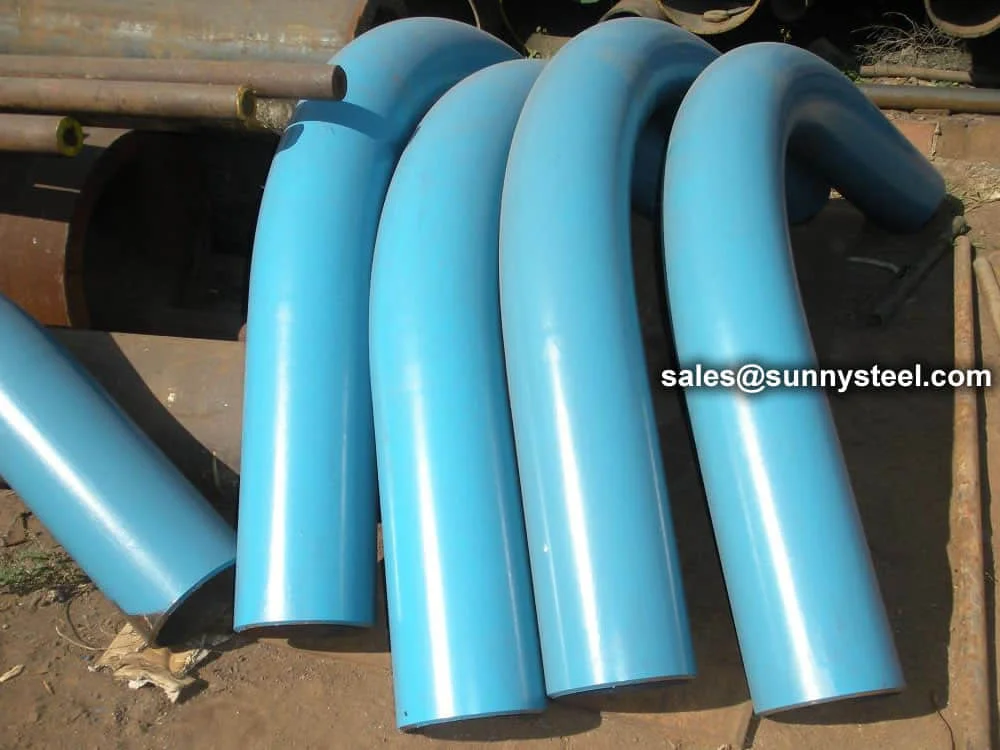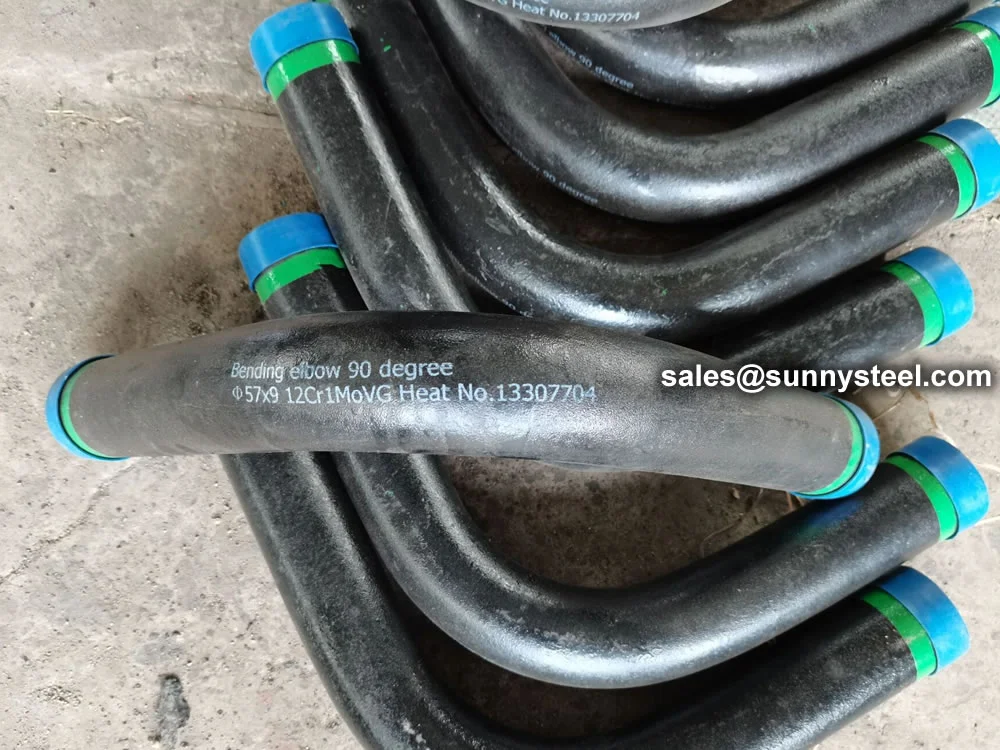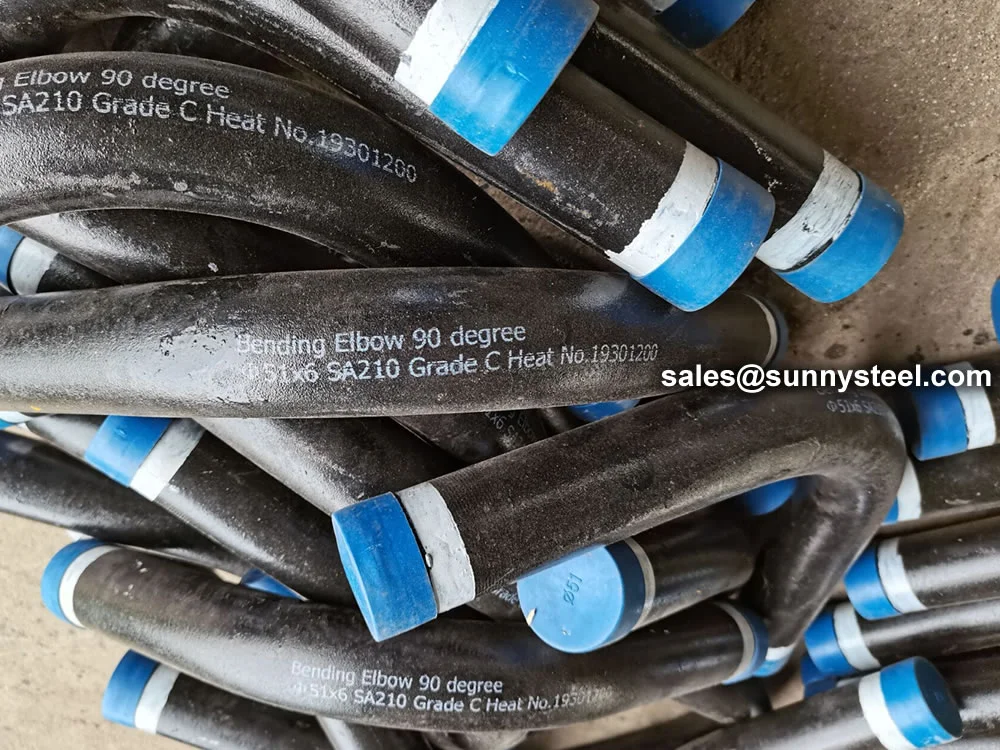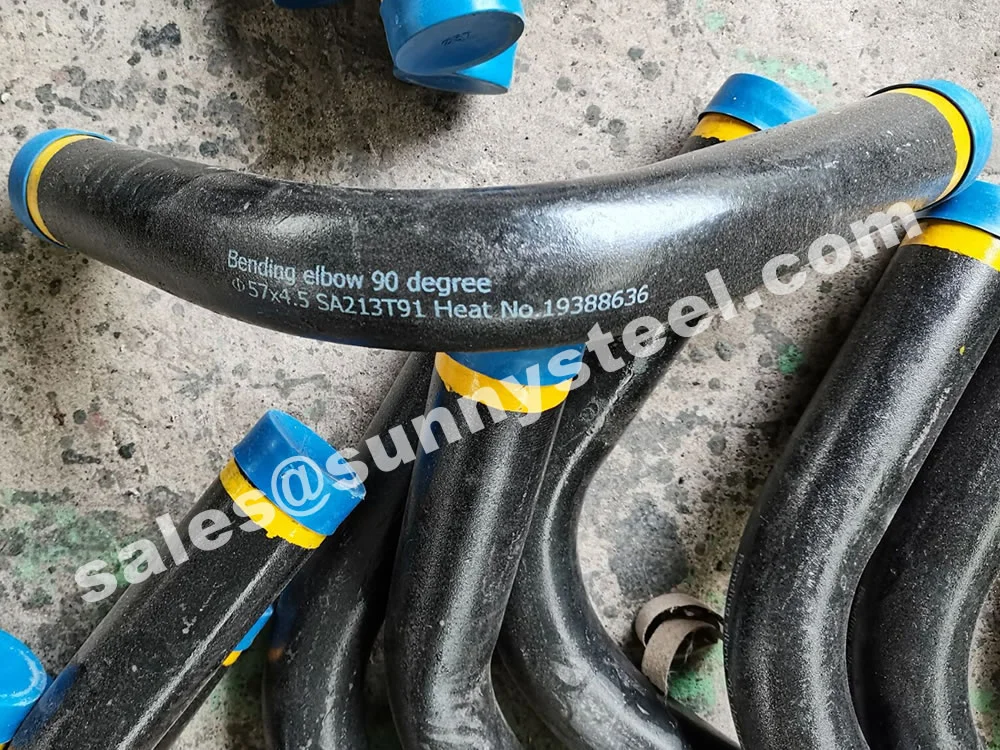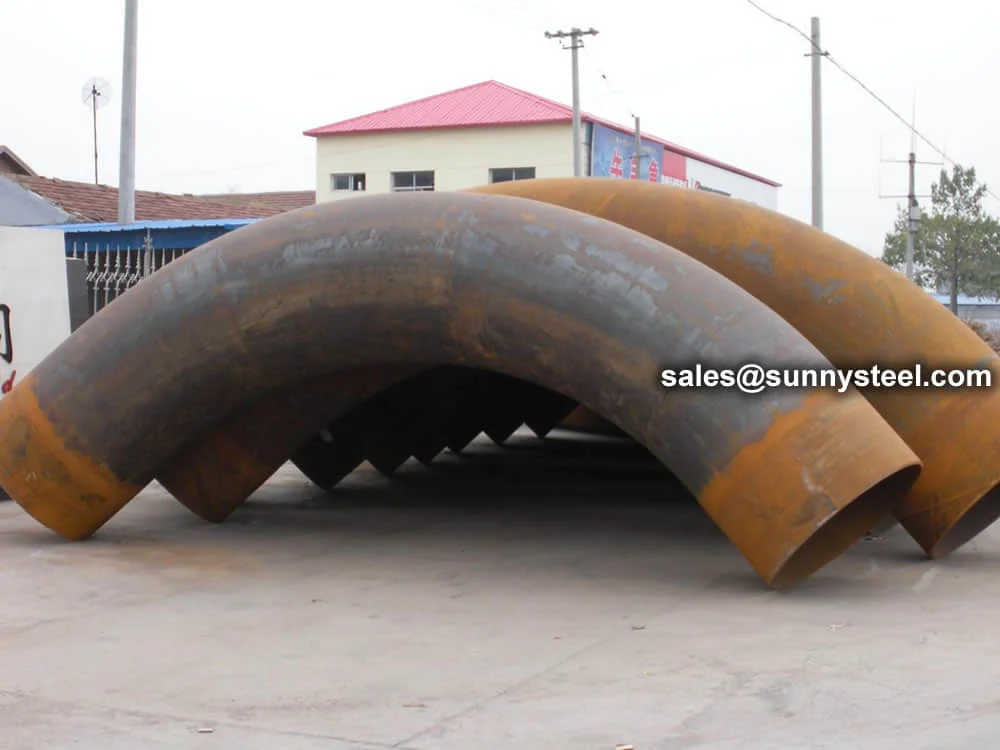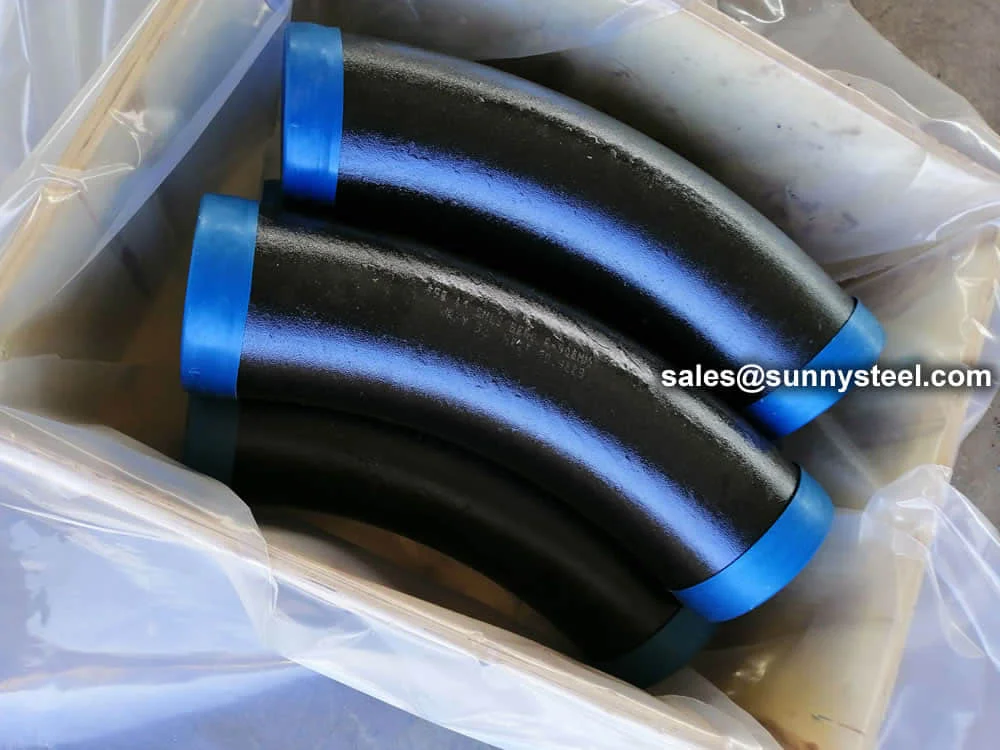15CrMoG Pipe Bending for High-Temperature, Corrosion-Resistant Boiler Piping
15CrMoG Pipe Bending involves shaping seamless alloy steel pipes into bends (e.g., 3D, 5D, 7D, or 180° U-bends) for high-pressure, high-temperature applications. 15CrMoG, a chromium-molybdenum heat-resistant steel, contains approximately 0.15% carbon, chromium, and molybdenum, offering exceptional high-temperature strength (up to 550°C), oxidation resistance, and corrosion resistance. Compliant with standards like GB5310 and GB9948, these bends are ideal for boiler pipeline protection in industries such as power generation, petrochemical, nuclear power, and chemical processing.
Manufactured through hot induction bending or cold-forming, 15CrMoG pipe bends are available in sizes from 6mm to 219mm (outer diameter) with wall thicknesses from 0.6mm to 22mm, and bend radii of 3D, 5D, 7D, or custom. They exhibit tensile strength (≥590 MPa), yield strength (≥350 MPa), elongation (≥17%), and hardness (135-195 HB), ensuring durability in harsh environments.
15CrMoG pipe bends support welding, though thick-walled pipes (≥16mm) require careful welding to avoid thermal cracking. Rigorous testing, including chemical analysis, tensile testing, flattening tests (no cracks at H=0.7D), and nondestructive methods (radiographic, ultrasonic), ensures quality. The chromium content forms a dense oxide film, enhancing corrosion resistance, while coatings like FBE or passivation further protect against rust and chemical exposure.
With a density of approximately 7.85 g/cm³ and thermal conductivity of 45 W/(m·K) at 20°C, 15CrMoG pipe bends are lightweight yet robust, ideal for high-pressure boilers (working pressure ≥9.8 MPa, temperature 450°C–650°C), heat exchangers, economizers, superheaters, and reheaters. Their smooth interior surfaces minimize flow resistance, making them suitable for boiler pipeline protection, refinery piping, cooling coils, and structural applications like handrails and sign frames.
For engineers seeking reliable high-temperature piping solutions, 15CrMoG pipe bends deliver unmatched strength, erosion resistance, and longevity, addressing challenges like pipeline corrosion and thermal stress in demanding industrial environments.
15CrMoG Pipe Bend Specifications
| Specification |
Details |
| Standards |
GB5310, GB9948, ASME B16.9 |
| Material |
15CrMoG (Chromium-Molybdenum Alloy Steel) |
| Sizes |
6mm to 219mm (Outer Diameter) |
| Wall Thickness |
0.6mm to 22mm |
| Bend Radius |
3D, 5D, 7D, or Custom |
| Angles |
90°, 45°, 30°, 180° (U-Bends), or Custom |
| Manufacturing |
Hot Induction Bending, Cold-Forming, Forging |
| Coatings |
FBE, Passivation |
| Testing |
Chemical Analysis, Tensile (≥590 MPa), Flattening (H=0.7D), Radiographic, Ultrasonic |
| Mechanical Properties |
Tensile: ≥590 MPa, Yield: ≥350 MPa, Elongation: ≥17%, Hardness: 135-195 HB |
| Operating Conditions |
Pressure: ≥9.8 MPa, Temperature: 450°C–650°C |
